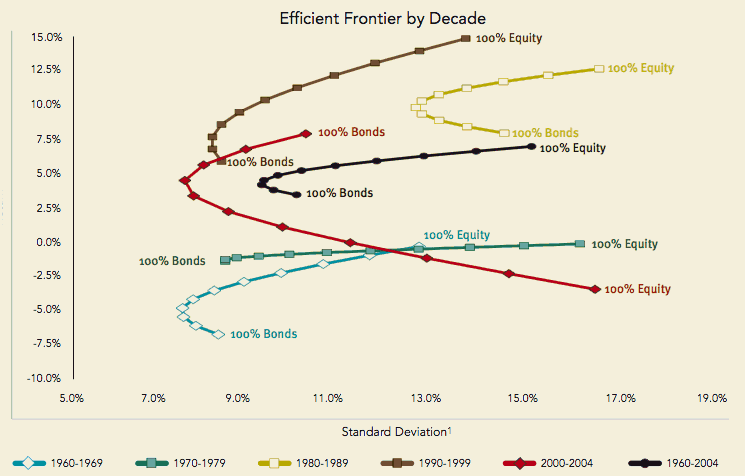I understand the basics of re-balancing. Pretty simple. You start with your preferred AA. Then as the market ebbs and flows one readjusts back to the original AA based on time or the amount the AA has drifted.
Some use few investments to implement their portfolio such as VTI, VXUS and BND. Three parts making up a portfolio is easy to re-balance.
My question, would it make sense to use multiple assets to replace VTI so I'd benefit from re-balancing during the ebb and flow of the US market. I could see breaking it up by style box or other methods. If there is a benefit from re-balancing the 3 fund portfolio, would one not benefit from re-balancing after tech or other sectors out perform?
Some use few investments to implement their portfolio such as VTI, VXUS and BND. Three parts making up a portfolio is easy to re-balance.
My question, would it make sense to use multiple assets to replace VTI so I'd benefit from re-balancing during the ebb and flow of the US market. I could see breaking it up by style box or other methods. If there is a benefit from re-balancing the 3 fund portfolio, would one not benefit from re-balancing after tech or other sectors out perform?


